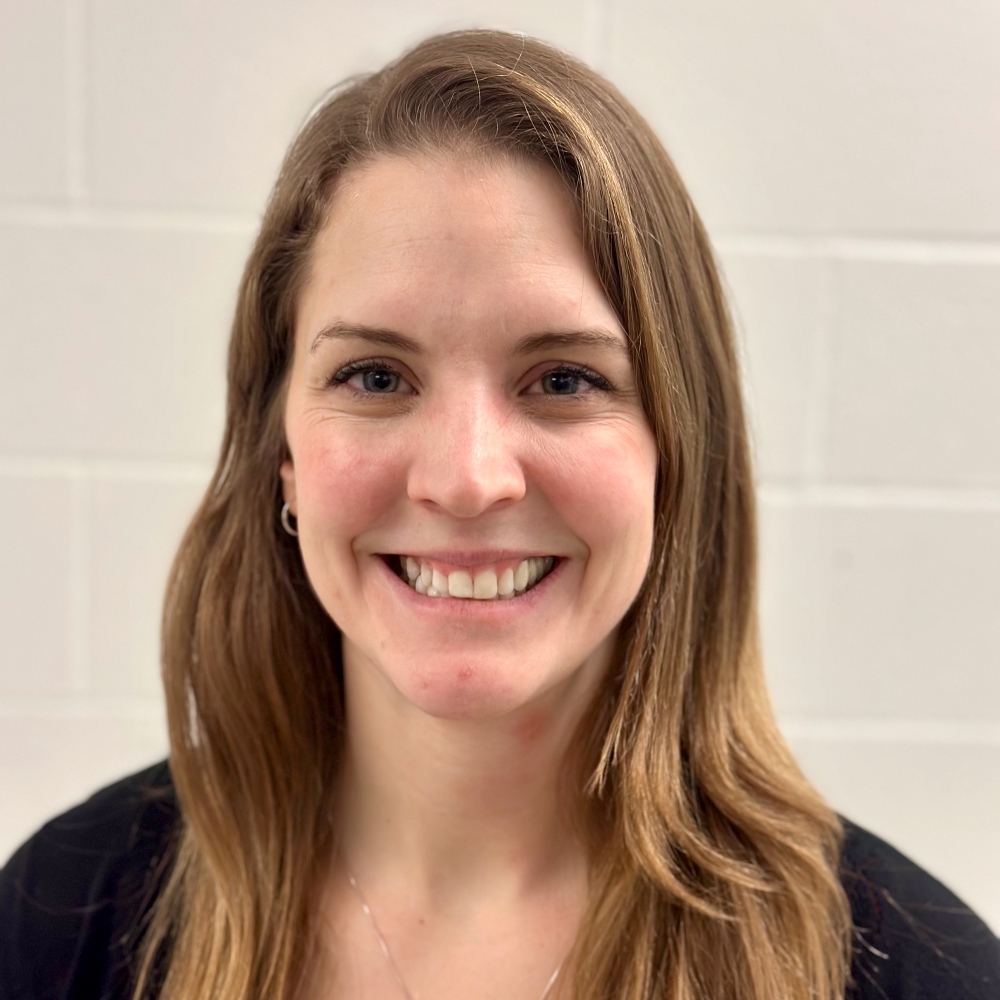
Dr. Angelica Lang is featured on the College of Medicine's Researchers Under the Scope Podcast!
"Dr. Angelica Lang: Shaping The Future Of Shoulder Health" Dr. Angelica Lang knows most of the people she sees have to keep working, even if they have shoulder pain. As an assistant professor at the University of Saskatchewan and director of the Musculoskeletal and Ergonomics Lab at the Canadian Centre for Rural and Agricultural Health, Lang’s goal is to reduce that pain — keeping patients on the job.
Dr. Angelica Lang: Shaping The Future Of Shoulder Health
Dr. Angelica Lang knows most of the people she sees have to keep working, even if they have shoulder pain.
As an assistant professor at the University of Saskatchewan and director of the Musculoskeletal and Ergonomics Lab at the Canadian Centre for Rural and Agricultural Health, Lang’s goal is to reduce that pain — keeping patients on the job.
“A lot of daily life has to be done with your hands,” she said. “The base of that is your shoulder.”
“It combines math, which I already liked, with movement, which I'm really getting into," she said. “How you perform your work, how you get injured at work, or how a different disorder might influence your movement, and then cause a functional problem.”
“My question is, does it matter how long you’ve had pain?” she said. “Is it the way that they move that’s setting them up to not necessarily get better?”
Her laboratory is one of the first to look at the time elapsed since an initial injury, and the role of ongoing shoulder pain as a confounding or influencing factor in that patient’s recovery.
“Once the pain happens, there's some sort of compensation to avoid these painful positions,” said Lang, whose research team is studying 60 people from Saskatoon and rural Saskatchewan, to assess differences in shoulder pain.
"It's fairly well documented that breast cancer survivors have upper limb dysfunction after their treatment,” Lang said. “I’m interested in what that means for their functional abilities.”
Participants in both studies often make periodic trips to Saskatoon, for assessments at the Musculoskeletal and Ergonomics Lab at the Canadian Centre for Rural and Agricultural Health.
In this episode, Lang takes us inside the lab, and shows us the “Rotopod” farm equipment simulator, designed to simulate the seated position farmers often stay in for long hours during seeding, spraying and harvest.
Her team examines movement and biomechanics in agricultural settings, particularly how whole body vibrations from machinery affect farmers. They use advanced motion tracking systems, like the Vicon motion capture system and Inertial Measurement Units, to study body movement in various scenarios, both in the lab and when research crews drive to farms and mines across Saskatchewan, to observe work duties in the field.
Last summer, her team visited farmers on the job near Aylesbury, Biggar, Clavet, and Debden, Saskatchewan. They tracked their movement as they performed five tasks, including using an overhead drill, lifting a shovel, climbing and dumping a heavy bag, and pruning a shrub. Lang and a pair of graduate students watched farmers put cattle through a squeeze chute — a task that can be challenging for both the operator and the animal.
“It’s something we never would have been able to measure had we only had them come to the lab,” said Lang. “By being able to be specific to their job and make the recommendations specific to farming demands, hopefully that will help.”

